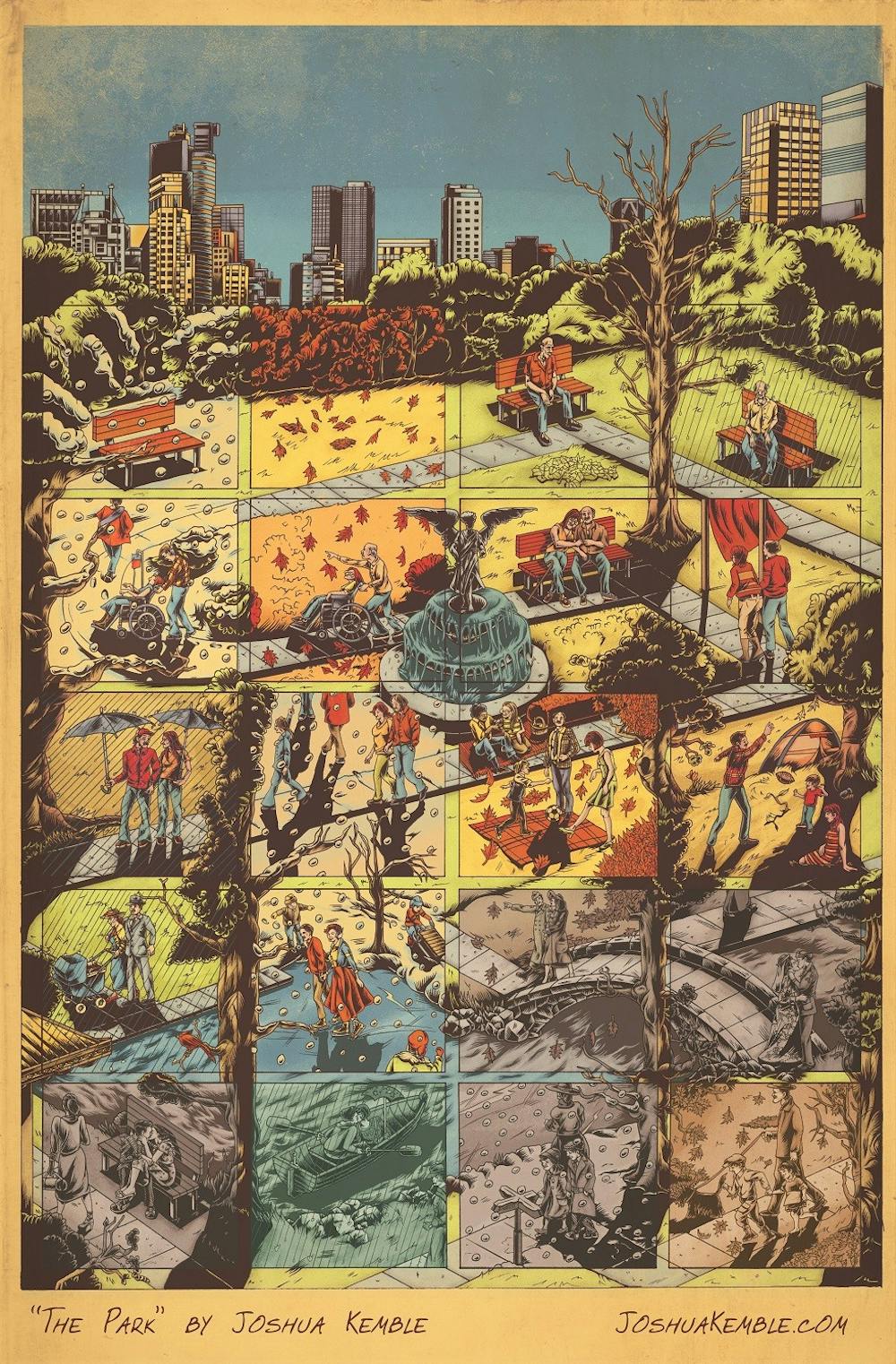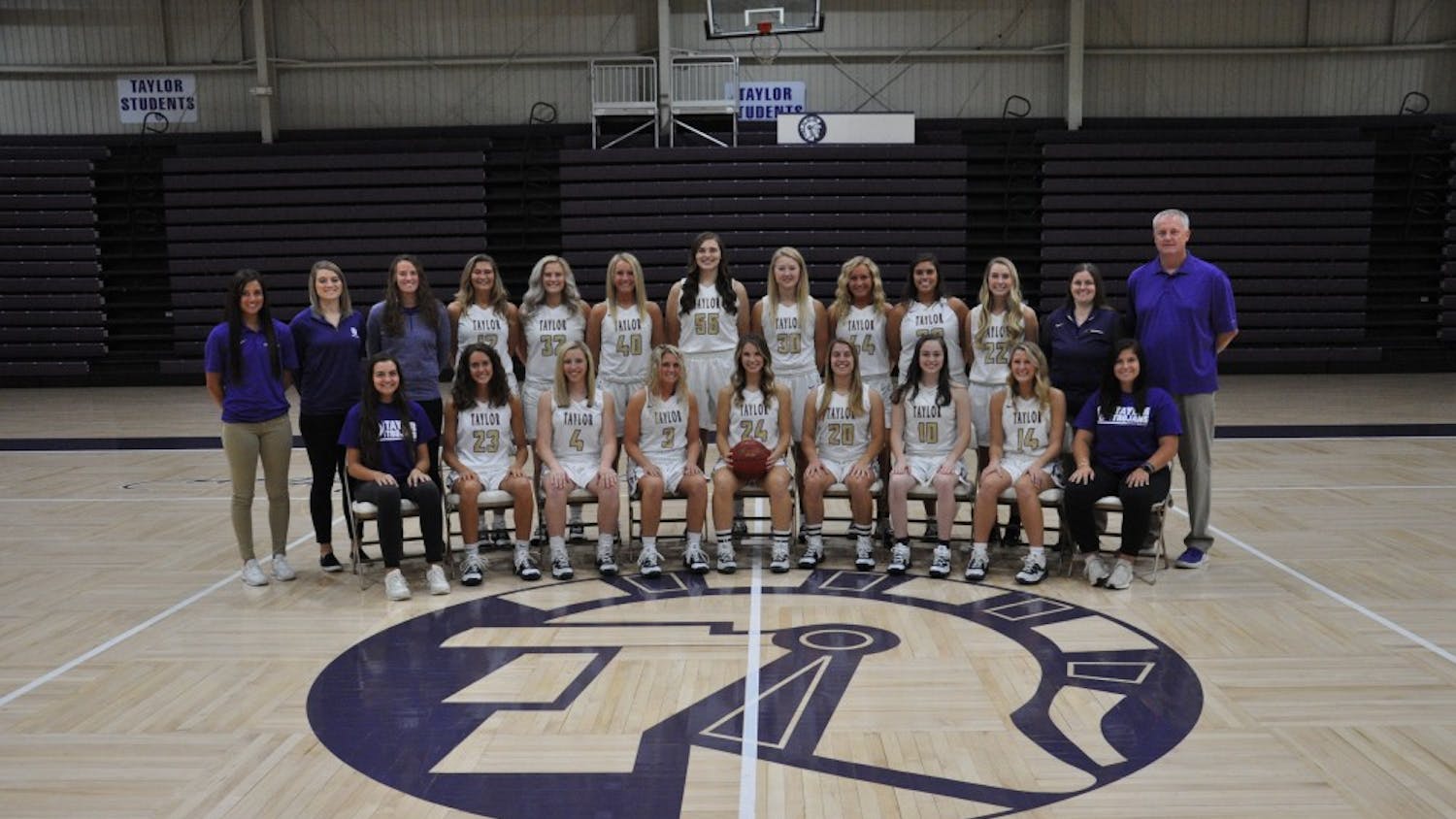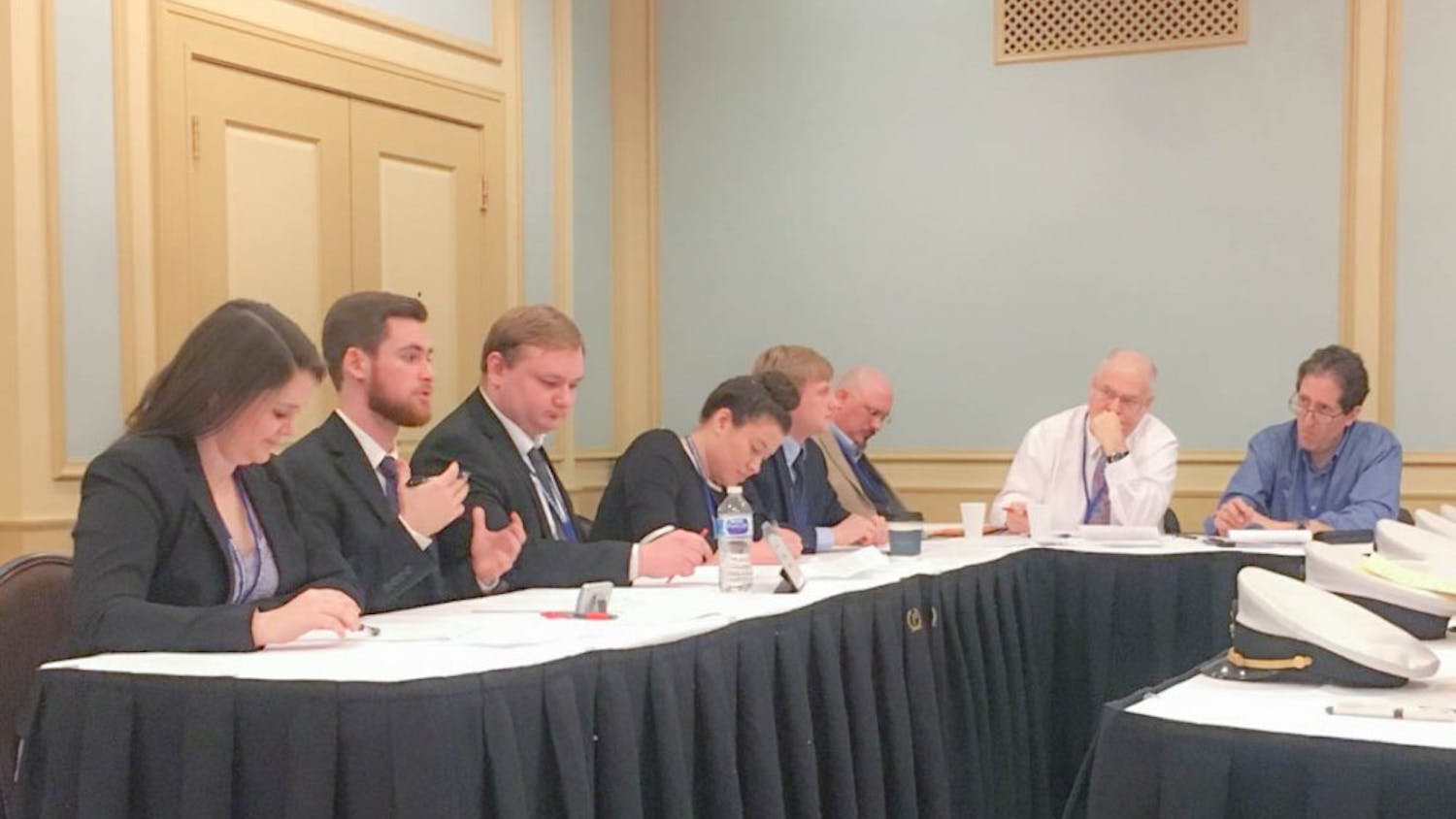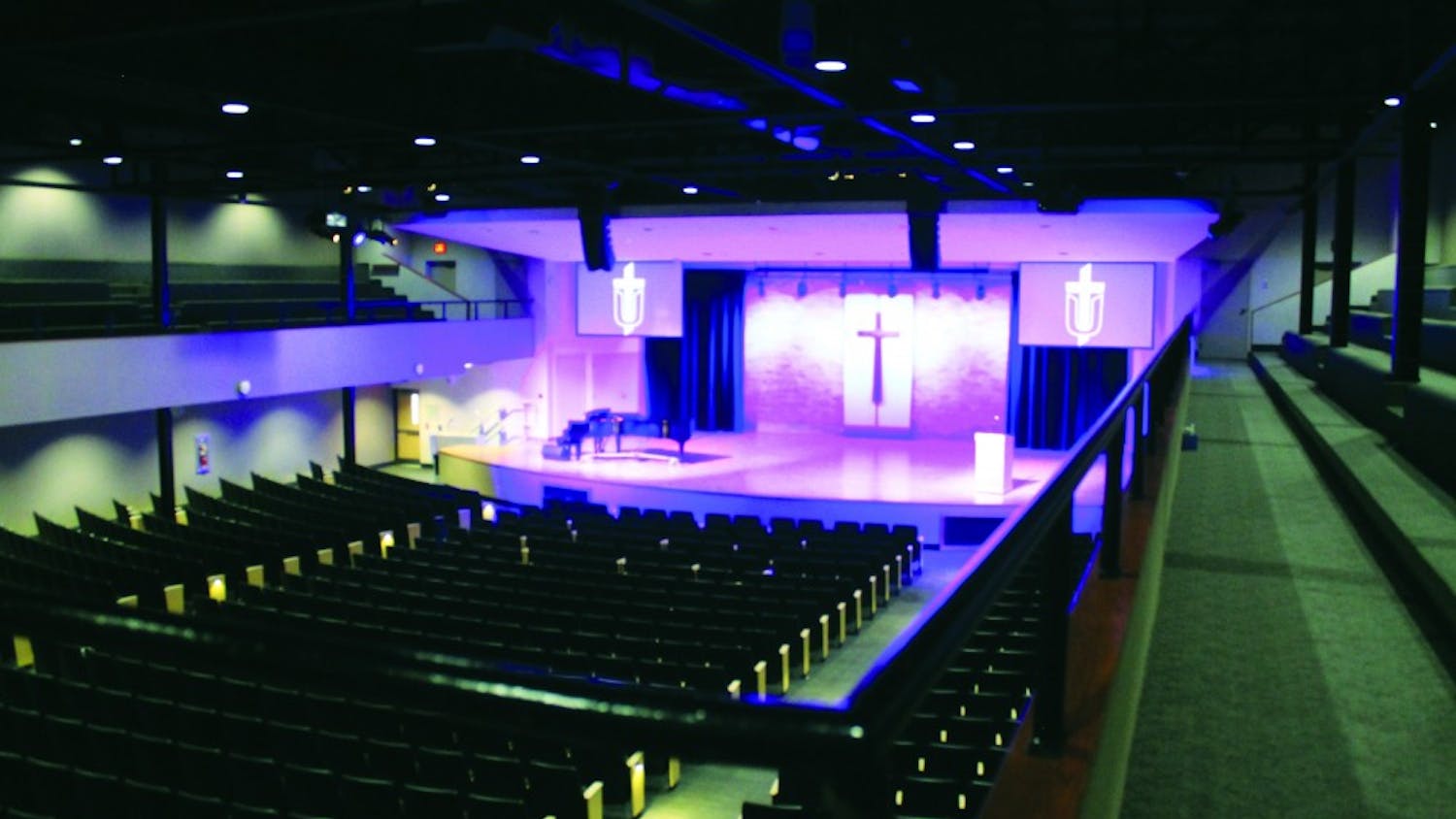A bright red cover. A girl with her inner thoughts being completely exposed. The image of a dim-lit house filling her thoughts. The idea of shutting oneself in.

Minneapolis artist Jennifer Davis’ artwork titled “Shut In” served as the perfect cover to encapsulate the unique 2020 edition for ‘Relief.’
Having selected the cover prior to lockdown, the publishing team unknowingly prepared to publish this year’s journal, a journal that encapsulates writings about faith from authors all over the world, in a fashion unlike any edition before that would leave readers with great lessons about art and faith.
“We picked the cover we did because it was bold and unique,” said Abbey Chandler, a student editor for the journal. “We loved that it looked like the woman held secrets and stories. I was also bold, unique, and the aesthetic worked really well with Relief’s past covers.”
Early into the process, the team behind ‘Relief’ realized the conversation that surrounded the making of the journal, and they addressed it on their webpage saying,“What can art do in times of crisis? It can help us lament by reflecting images of our brokenness. And perhaps it can guide us toward healing in some small way.”
With the changes, ‘Relief’ hit some roadblocks within the midst of trying to produce a literary magazine that includes a multitude of writers and individuals from around the world. One major roadblock included the change in their production budget and communication.
“It didn't really affect anything too much which I'm very thankful for (because) the pandemic overall has caused some budgets to shrink, so every budget on campus anyone who holds the budget has lost some money for this year and that does hurt us. Just to be honest but we're hoping to possibly do some fundraising this coming spring to make up for the shortfall,” said faculty advisor Daniel Bowman, Jr.
Additionally, going online left the production of the magazine on a delayed timeline. In a typical year, the magazine finished the editing process by the end of the semester, allowing for the publishing process to be completed by June or July. COVID shifted the plans and caused for a delayed-release happening in mid-August.
Even with the constant change, the journal continued to make large strides and include some new features. One exciting feature includes the principle that all the section editors were stationed locally.
Prior to this year, the section editors for the staff ranged in distance, as seen through last year’s creative nonfiction editor living in Austin, Texas. Having the editors localized still yielded communications problems due to lock-down, but holds great potential for future additions.
Another exciting aspect included a collaborative poster that is provided with the magazine. The poster is a comic, printed in full color and given as an additive to the journal. This feature showed a new form to convey messages in a new platform, helping reach more people who interact with art in different ways.

“If I were teaching, if I were getting ready to teach like middle grade or junior high English, I would want a graphic novel or two in my curriculum, if it was possible because the pictures tell the story,” Bowman said when describing the poster, crafted by artist Joshua Kemble. “And a lot of times, they have much more text than this obviously too, but it's such a beautiful image,” said Bowman.
With all the change, this edition allowed for a great yielding of insight to come from this experience.
The team reminded themselves of their purpose.
“When the lesson I’ve really learned is to value the reason that people like us in the first place, which is the connection between art and the Christian faith and invest in that and not worry. Let the rest take care of itself, “ said Bowman.




